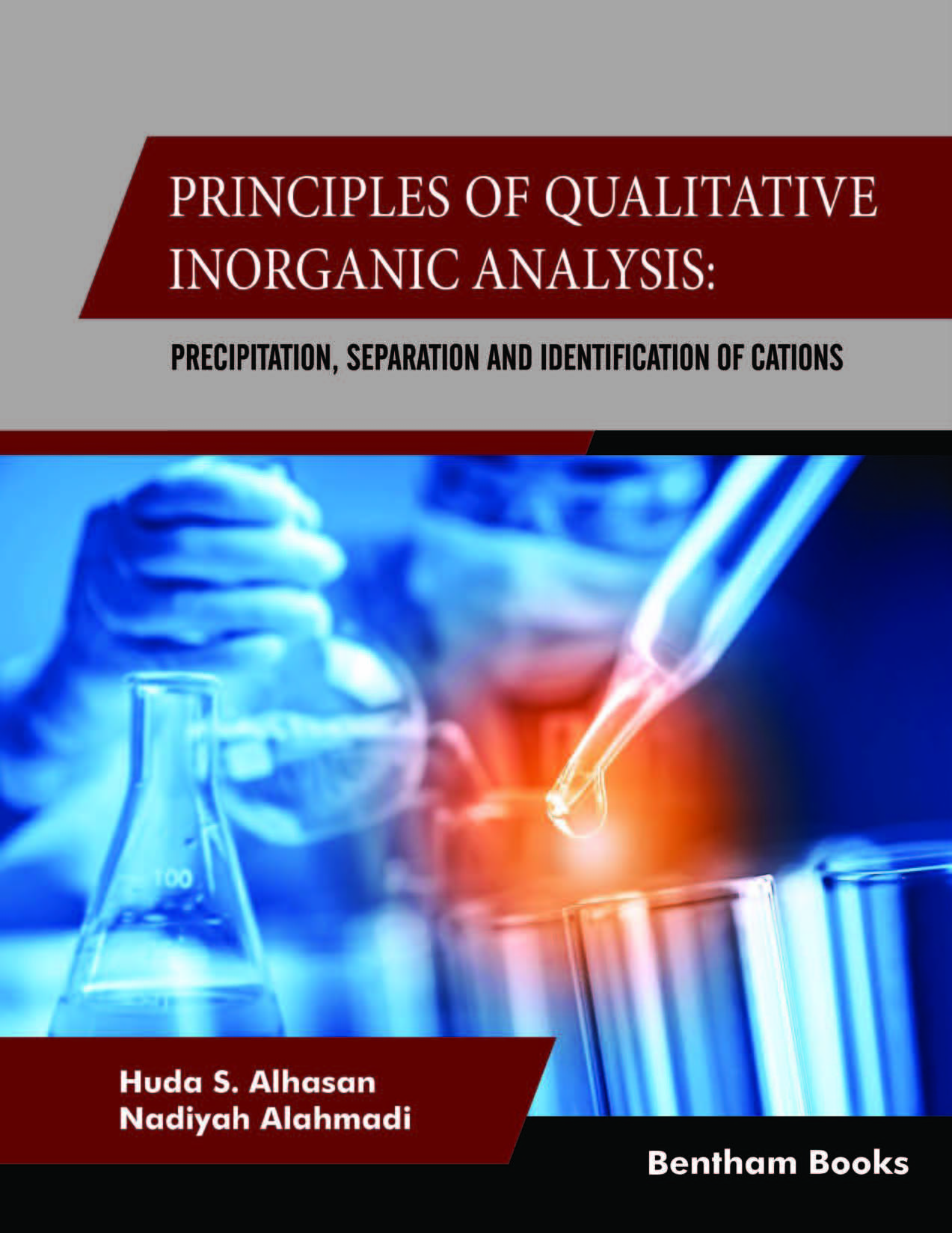Introduction
This book provides notes for basic laboratory experiments in qualitative analysis of cations. The book introduces readers to basic methods and laboratory safety. Subsequent chapters cover six groups of cations. Each chapter explains important details that are required to understand how a particular analytical method works for detecting cations in samples, starting from sedimentation and ending with the identification.
Key Features:
- Simple, reader friendly format
- introductory notes and summary
- Covers several groups of metals
- Appendix for handy reference with tables and references
This is a useful textbook for early chemistry students and teachers as it equips the readers with sufficient information required to analyze chemical samples and deduce the presence of specific cations as part of laboratory coursework.

